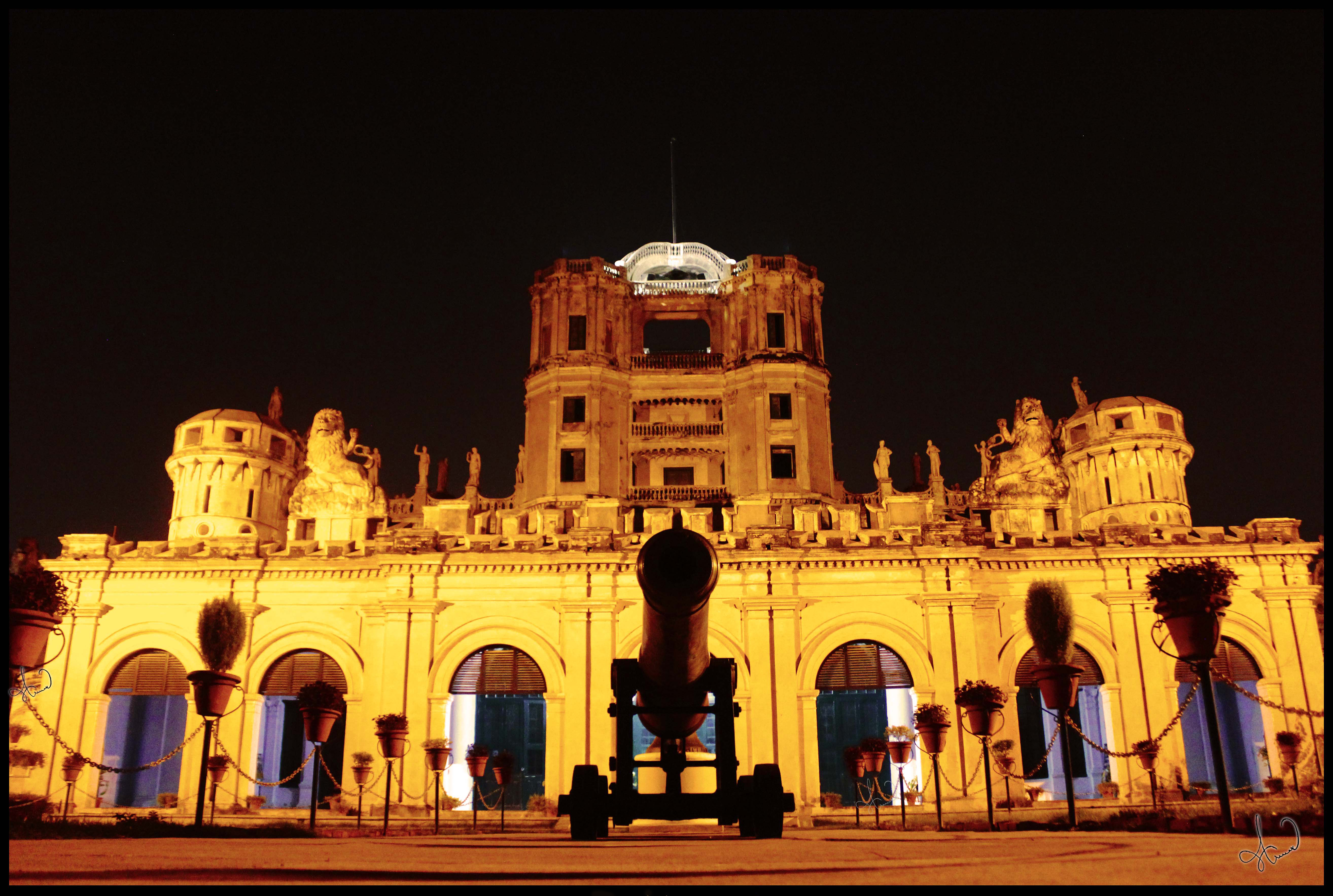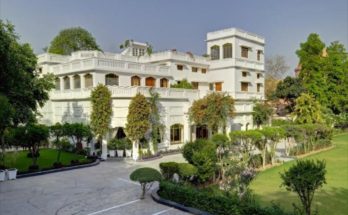Did you know that there are number of important monuments in Lucknow that were actually made by the British? Read on to know them:
THE RESIDENCY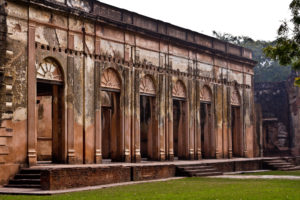 By ShivaRajvanshi – Own work, CC BY-SA 4.0
By ShivaRajvanshi – Own work, CC BY-SA 4.0
The Residency is the grandest proof of Lucknow’s role in the Revolt of 1857 or the First War of Independence in India, as it called. The residence of the British Command in the colonial era, the complex in itself is huge and houses what used to be residential quarters for the army personnel and their families, armories, dispensaries, a cemetery, a chapel and a grand ballroom as well. It is said that during the Revolt of 1857, Residence was under siege and most of the Cantonment died defending it. There are many a folklore associated with it too – from ghosts asking for ‘bread and butter’ at the stroke of midnight to strange sounds being heard at night. Though today only the ruins of these buildings are left, one can still witness the solid foundation and old-world construction techniques. In present day, Residency is a walker’s paradise with lush green, well-manicured lawns. On early mornings, one can witness a number of species of birds and if you are lucky, you may also spot a peacock.
Timings: Sunrise to Sunset
Location: Opposite Shaheed Smarak, Near Parivartan Chowk, Hazratganj
HUSAINABAD CLOCK TOWER
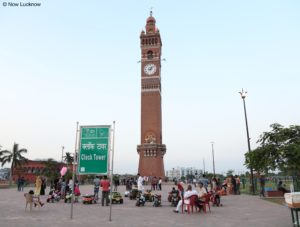 Did you know that the clock tower in the old Husainabad area of the city is the tallest of its kind in the country? Yup, our very own Ghanta Ghar stands proud at a height of 221 feet. Built to honour Sir George Couper, the first Lieutenant Governor of the United Province of Awadh, the clock tower aimed to be a replica of the Big Ben in London. The actual wheel of the clock itself is claimed to be bigger than that of the original. The clock tower has been renovated recently and is lit up beautifully at night, making it a great tourist attraction.
Did you know that the clock tower in the old Husainabad area of the city is the tallest of its kind in the country? Yup, our very own Ghanta Ghar stands proud at a height of 221 feet. Built to honour Sir George Couper, the first Lieutenant Governor of the United Province of Awadh, the clock tower aimed to be a replica of the Big Ben in London. The actual wheel of the clock itself is claimed to be bigger than that of the original. The clock tower has been renovated recently and is lit up beautifully at night, making it a great tourist attraction.
Location: Husainabad Road
CHRIST CHURCH
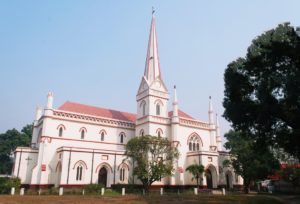 The first of English churches in Northern India, the Christ Church was built in 1860 and remains one of the finest examples of Gothic architecture. The church was built as a memorial for the martyrs of the uprising. In present day, the church complex houses a full-fledged operational college, a small stadium and a cemetery.
The first of English churches in Northern India, the Christ Church was built in 1860 and remains one of the finest examples of Gothic architecture. The church was built as a memorial for the martyrs of the uprising. In present day, the church complex houses a full-fledged operational college, a small stadium and a cemetery.
Location: Mahatma Gandhi Marg, Hazratganj
CHARBAGH RAILWAY STATION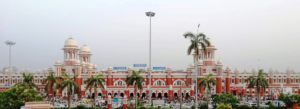 By Azharkhan077 at English Wikipedia, CC BY-SA 3.0, https://commons.wikimedia.org/w/index.php?curid=55300135
By Azharkhan077 at English Wikipedia, CC BY-SA 3.0, https://commons.wikimedia.org/w/index.php?curid=55300135
Another poster monument for the city, the magnificent Charbagh Railway Station was constructed in 1926. The main building is made of red brick and resembles a palace with its many domes and minarets. If you were to look at the station from atop a helicopter, you would think you are seeing a chessboard, with the chess pieces neatly lined on the side. The station has a beautiful garden and the red and white building is striking against the green cover.
Location: Charbagh
KING GEORGE MEDICAL UNIVERSITY
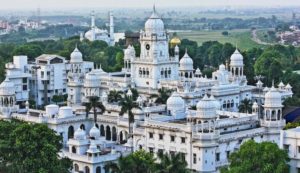 In 1906, King George V laid the foundation for a namesake medical college – King George’s Medical College. The façade of the building was designed in an Indo-Islamic style, in concord with the city’s skyline. What started off as a compound comprising of three main buildings, has now developed into a complex of more than 10 buildings, all belonging to different departments, offices, hospital, pathology and a museum as well.
In 1906, King George V laid the foundation for a namesake medical college – King George’s Medical College. The façade of the building was designed in an Indo-Islamic style, in concord with the city’s skyline. What started off as a compound comprising of three main buildings, has now developed into a complex of more than 10 buildings, all belonging to different departments, offices, hospital, pathology and a museum as well.
Location: Shah Mina Road, Chowk
VIDHAN SABHA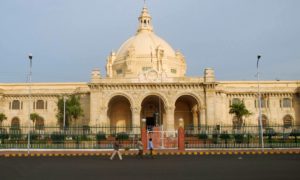 This monument is known not only for its ‘political pull’ but also for its architectural beauty. The Vidhan Sabha or the Legislative Assembly is a splendid building of Indo-European architecture and is built with carved light brown sandstone blocks, that were sourced from Mirzapur. The monument is lit in the tricolor on Republic Day and Independence Day and is truly a sight to behold.
This monument is known not only for its ‘political pull’ but also for its architectural beauty. The Vidhan Sabha or the Legislative Assembly is a splendid building of Indo-European architecture and is built with carved light brown sandstone blocks, that were sourced from Mirzapur. The monument is lit in the tricolor on Republic Day and Independence Day and is truly a sight to behold.
Location: Vidhan Sabha Marg, Hazratganj


